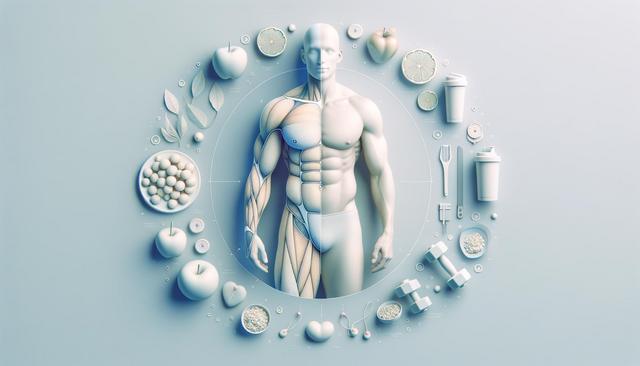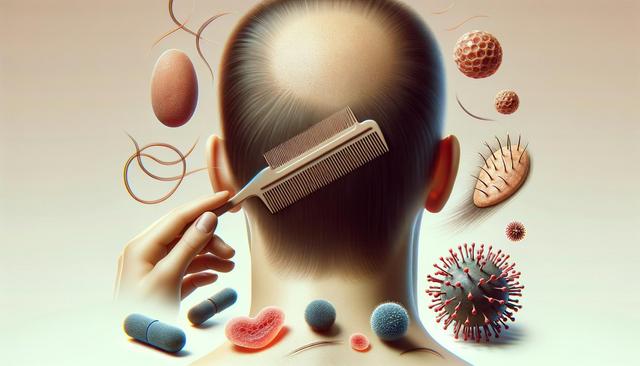Understanding the Causes of Arm Fat
Before exploring removal methods, it’s important to understand what contributes to the accumulation of fat in the arms. Arm fat is typically the result of excess body fat, hormonal changes, or lack of muscle tone. Women, in particular, may experience increased fat storage in the upper arms due to estrogen levels, especially as they age. Genetics also play a role, making some individuals more predisposed to storing fat in this area despite overall body composition.
In many cases, arm fat develops over time due to a sedentary lifestyle and an imbalance between calorie intake and expenditure. Even with a generally healthy weight, localized fat deposits can remain, which is why targeted strategies are often necessary for visible results. Understanding these contributing factors helps set realistic expectations and informs the choice of effective solutions.
Non-Surgical Methods to Reduce Arm Fat
There are several non-surgical approaches that can help reduce arm fat. While spot reduction is largely a myth, a combination of overall fat loss and targeted toning exercises can lead to noticeable improvements. Common non-invasive strategies include:
- Cardiovascular exercise (e.g., running, cycling, swimming)
- Strength training focusing on the triceps, biceps, and shoulders
- A balanced diet rich in whole foods and low in processed sugars
- Hydration and sleep, both essential for metabolic health
Consistency is key when it comes to these methods. While results may take time, this approach is sustainable and beneficial for overall health. Resistance exercises such as push-ups, tricep dips, and dumbbell curls can help tone and define the upper arm area when combined with fat-burning cardio routines.
Minimally Invasive and Cosmetic Procedures
For those seeking faster or more dramatic results, minimally invasive procedures might be an option. These include non-surgical treatments like cryolipolysis (fat freezing) or high-intensity focused ultrasound (HIFU), which target and reduce fat cells in specific areas. These treatments are generally safe and require little to no downtime, though multiple sessions may be needed.
Another popular approach is injectable treatments that dissolve fat cells, often used in smaller areas such as under the chin but sometimes applied to the arms. It’s important to consult with a certified professional to determine suitability and to understand possible side effects. While these methods can yield visible results, they should be complemented by a healthy lifestyle to maintain their effectiveness.
Understanding Surgical Options
When non-surgical methods do not provide the desired results, surgical interventions such as liposuction or an arm lift (brachioplasty) may be considered. Liposuction removes fat from specific areas via suction, while an arm lift involves the removal of both fat and excess skin to tighten the area. These procedures can provide more immediate and dramatic results but come with higher costs, longer recovery times, and associated risks.
Candidates for surgical arm fat removal are typically individuals with good overall health and realistic expectations. It’s crucial to consult a qualified plastic surgeon and discuss the potential benefits and risks. Post-operative care, including rest, compression garments, and follow-up appointments, is vital for optimal outcomes.
- Liposuction: Suitable for those with good skin elasticity
- Arm lift: Ideal for cases with sagging skin due to weight loss or aging
- Combination procedures: Often recommended for more extensive cases
Maintaining Results After Arm Fat Removal
Regardless of the method chosen, maintaining results requires long-term commitment. Regular exercise, a nutritious diet, and healthy lifestyle habits are essential to prevent the return of fat in the arms. Incorporating strength training into your weekly routine helps preserve muscle tone, which supports a firmer appearance.
Additionally, staying hydrated and managing stress levels can positively impact body composition. Hormonal balance, particularly in women, can also affect fat distribution, so regular medical check-ups may be beneficial. Here are a few key tips for maintaining your progress:
- Exercise at least 3–5 times per week, including strength training
- Monitor caloric intake and focus on nutrient-dense foods
- Stay consistent with routines and make gradual adjustments as needed
- Track progress with photos or measurements rather than weight alone
By integrating these habits into daily life, individuals can enjoy lasting results and improved confidence in their appearance.


